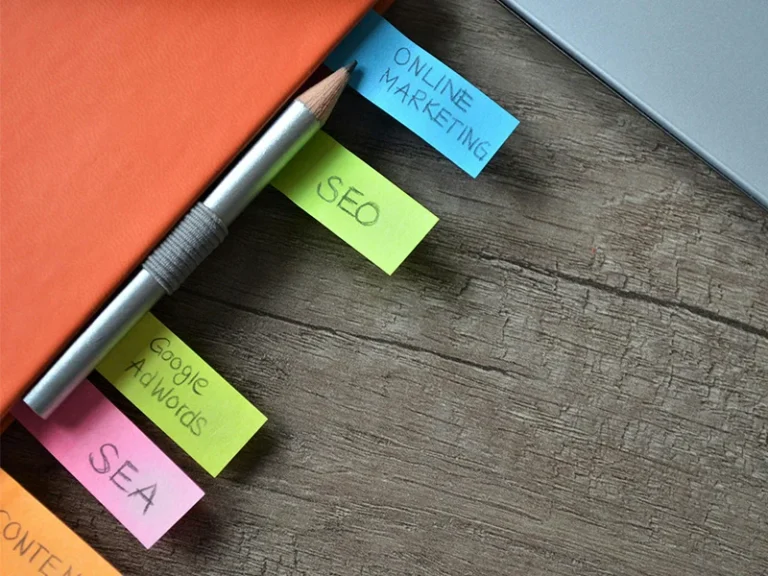Complete Guide to On-Page SEO
In today’s digital landscape, On-Page SEO optimization is crucial for ensuring that your website ranks well on search engines and provides a seamless experience for visitors. This Complete Guide to On-Page SEO will walk you through the most important factors that influence your site’s visibility and performance. From keyword optimization to improving user experience, on-page SEO is one of the most effective ways to enhance your website’s search engine rankings and user engagement. Understanding and implementing on-page SEO strategies can give your website a competitive edge, helping it reach a broader audience and attract more organic traffic.
Why On-Page SEO Matters
On-page SEO is all about optimizing the individual pages on your site to help them rank higher on search engines and provide a better experience for your visitors. Unlike off-page SEO, which focuses on things like backlinks, on-page SEO involves elements you can directly control, such as the content, HTML tags, and the structure of your pages. Without a solid on-page SEO strategy, even the best content can end up buried deep in the search engine results.
If you’re using WordPress, optimizing your pages for both search engines and users is key. Things like meta descriptions, headings, URLs, and internal links all play a role. A WordPress Content Manager can help ensure these elements are up to par, along with the formatting of your content—making sure you use proper header tags, add alt text to images, and keep your site mobile-friendly. These are all essential components of on-page SEO. For a deeper dive into the broader world of SEO, check out my blog post Understanding SEO, where I explain the fundamentals in more detail.
Key Elements of On-Page SEO
1. Keyword Optimization
The first step in on-page SEO is choosing the right keywords for your website’s content. These are the words and phrases potential visitors will use to find information related to your business. Proper keyword research and placement within your page’s content, headings, and meta descriptions are essential for ranking well. However, overstuffing keywords can result in penalties. It’s important to focus on natural, relevant keyword usage.
2. Title Tags & Meta Descriptions
Title tags and meta descriptions are crucial for informing both search engines and users about your page’s content. Optimized title tags (under 60 characters) and meta descriptions (under 160 characters) can improve click-through rates and influence rankings. A WordPress content manager ensures that each page and post has a unique and optimized title and meta description.
3. Internal Linking
Internal links help search engines crawl your website efficiently and allow users to easily navigate between related pages. An optimized internal linking strategy enhances your site’s authority and improves the user experience.
4. Content Quality and Structure
High-quality, informative, and well-structured content is essential for on-page SEO. Break up large blocks of text with headings, subheadings, bullet points, and images to improve readability. Search engines favor content that is easy to understand, engaging, and valuable to users.
5. Mobile Optimization
With mobile traffic continuing to rise, ensuring that your website is mobile-friendly is crucial. Google prioritizes mobile-first indexing, which means it evaluates the mobile version of your site first when determining search rankings. A WordPress Content Manager will make sure your site’s design is responsive and mobile-friendly, offering a positive experience across all devices.
The Benefits of On-Page SEO
1. Higher Search Rankings
Optimizing your content, titles, meta tags, and URLs increases the likelihood of higher rankings on search engine results pages. This, in turn, drives more organic traffic to your website.
2. Improved User Experience
On-page SEO is not only about search engines; it’s also about improving the experience for your visitors. Well-structured, easily navigable, and informative pages make it easier for users to find what they’re looking for and stay on your site longer.
3. Increased Engagement
Optimized content that enhances both SEO and user experience is more likely to engage visitors. This can increase metrics like time on site, pages per session, and conversion rates.
4. Better Conversion Rates
A user-friendly site that loads quickly, is easy to navigate, and provides high-quality content leads to higher trust and better conversion rates, whether you’re aiming for sign-ups, sales, or other goals.
Conclusion
In conclusion, this Complete Guide to On-Page SEO highlights the essential strategies you need to boost your site’s rankings, improve user experience, and ultimately drive more organic traffic. Whether you manage your own WordPress site or employ a WordPress Content Manager, on-page SEO is a key factor in achieving long-term success in search engines.







